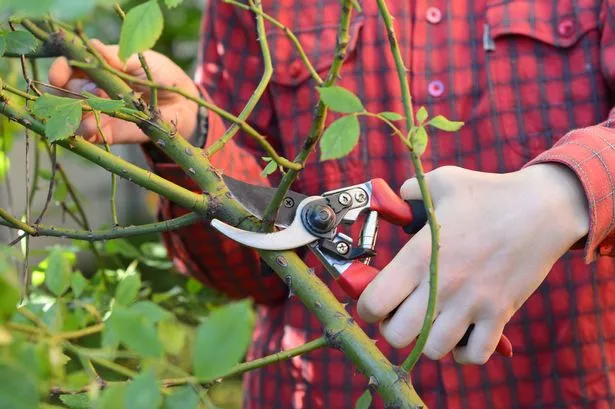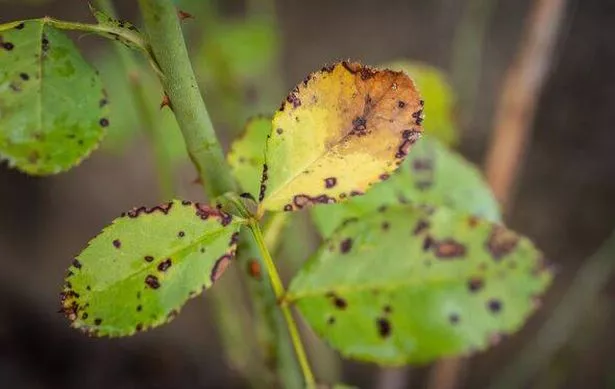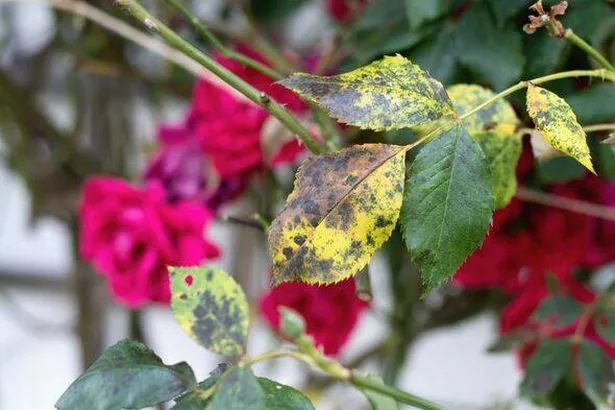Taking care of roses during the autumn months is important to make sure they grow back bigger and healthier next year. A gardening expert has shared a simple step to tackle black spot on rosesEllen Jenne U35 Spare Time Writer and Vita Molyneux Travel reporter
12:38, 03 Nov 2025
 Gardeners have been advised to prune their roses ‘now'(Image: Getty)
Gardeners have been advised to prune their roses ‘now'(Image: Getty)
The autumn months present the ideal opportunity to get ahead with garden maintenance, particularly preparing plants and lawns for winter survival. It’s crucial to address some of the challenges encountered during this period, including the hazardous black spot disease.
Gardening specialist Adam Kirtland, known as View from the Potting Bench on TikTok, recently outlined essential tasks gardeners should tackle in November, reports the Express. He emphasised the significance of caring for roses and fungal infections, to guarantee that the blooms return larger and more robust next year.
Adam advised gardeners: “If you want better roses next year, do this one job now.”
How to eliminate black spot on roses Clip off the leaves that have black spot and dispose of them(Image: Getty)
Clip off the leaves that have black spot and dispose of them(Image: Getty)
The gardening specialist explained: “Roses get something called black spot, which is essentially a fungal disease that can be really bad for the plant, but you can deal with it right now.”
For those unfamiliar with the condition, rose black spot is a fungal infection where affected blooms develop purple and black marks on their foliage.
The disease eventually causes the flowers’ leaves to drop prematurely.
According to the Royal Horticultural Society, when leaves become infected, the blemishes typically emerge on the foliage from springtime onwards. These markings will only become more pronounced over time, potentially causing long-term damage to plants.
Alongside the purple and black spots, other symptoms of this disease include yellowing leaf tissues, leaf drop, and small, black, “scabby lesions” may also appear on young stems.
 Roses will grow back healthier and bigger next spring if you do one task to get rid of black spot(Image: Getty)
Roses will grow back healthier and bigger next spring if you do one task to get rid of black spot(Image: Getty)
Plants that are severely affected will lose almost all their leaves. To combat black spot, first identify the black “mottling” marks on the petals and leaves.
Adam stated: “Fortunately, it’s really easy to deal with. All you want to do is cut that leaf off, just like that, and then dispose of it. Yes, it’ll leave your roses looking a little worse for wear but they’ll be amazing next year.”
To help prevent black spots, the RHS advised maintaining control by avoiding pests, diseases and weeds, practising good garden hygiene, and introducing “natural enemies”.
The RHS also encouraged gardeners to collect and destroy any fallen leaves during the autumn, and to pick off and dispose of any leaves that remain on the plant during the winter months. Gardeners should also refrain from using fungicides, as these could reduce biodiversity, affect soil health, and have negative impacts on the environment.


Comments are closed.